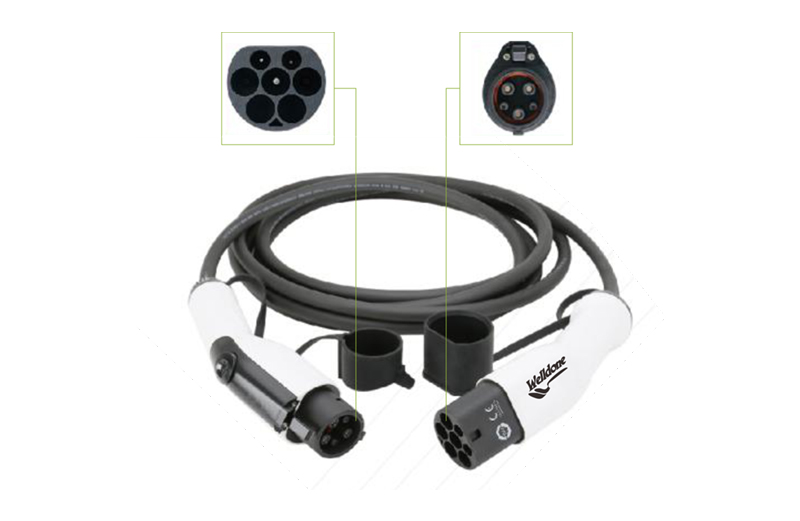
| Performance | Parameter |
| Electrical Performance | Rated current | 16A/32A/63A |
| Operation voltage | 250V |
| Environmental Performance | Operating temperature | -30°℃-+ 50°℃ |
In the context of electric vehicles (EVs), "EV Conversion IEC" refers to the process of converting or modifying an EV to comply with the relevant charging standards and specifications set forth by the International Electrotechnical Commission (IEC). This involves adhering to IEC's standards in various aspects related to EV charging, ensuring interoperability, safety, and efficiency.
Here's a more detailed explanation in English:
Understanding EV Conversion IEC
IEC Standards for EV Charging: IEC develops and publishes international standards for EV charging, including charging interfaces (e.g., IEC 62196), communication protocols, and system requirements (e.g., IEC 61851). These standards are crucial for ensuring compatibility and safety across different EV models and charging infrastructure.
Conversion Process: EV Conversion IEC involves modifying an existing EV or its charging system to align with IEC standards. This might include changing the charging interface, upgrading the charging system software or hardware, or ensuring that the vehicle's communication protocols are compatible with IEC-compliant charging stations.
Goals and Benefits: The primary goals of EV Conversion IEC are to enhance compatibility, safety, and user convenience. By adhering to IEC standards, EV owners can access a wider range of charging stations worldwide, reducing range anxiety and promoting the widespread adoption of EVs. Additionally, IEC standards prioritize safety, minimizing the risk of electrical hazards during charging.
Practical Aspects
Charging Interface Adaptation: If an EV's charging interface does not comply with IEC standards (e.g., using a non-standard connector), it may require a charging interface adapter or a complete replacement of the vehicle's charging inlet.
Charging System Upgrade: The EV's charging system, including its control unit and communication protocols, may need to be upgraded to support IEC-compliant charging modes and communication protocols.
Vehicle Certification: After the conversion, the EV may need to undergo certification or testing to verify its compliance with IEC standards. This step ensures that the vehicle meets safety and performance requirements for IEC-compliant charging.
Considerations
Compatibility with Existing Infrastructure: Before embarking on an EV Conversion IEC project, it's essential to consider the compatibility of the converted EV with existing charging infrastructure in the target market.
Cost and Complexity: The cost and complexity of EV Conversion IEC can vary significantly depending on the extent of modifications required. A thorough assessment of the vehicle's current configuration and charging requirements is crucial to determine the most cost-effective and feasible solution.
Professional Assistance: Given the technical nature of EV charging systems, it's recommended to seek professional assistance from qualified technicians or specialists experienced in EV conversion and IEC standards.
Conclusion
EV Conversion IEC is a process aimed at enhancing the compatibility, safety, and user convenience of electric vehicles by adhering to IEC's international standards for EV charging. It involves modifying the EV's charging interface, system, or both to align with IEC specifications, thereby facilitating widespread adoption and use of EVs worldwide.